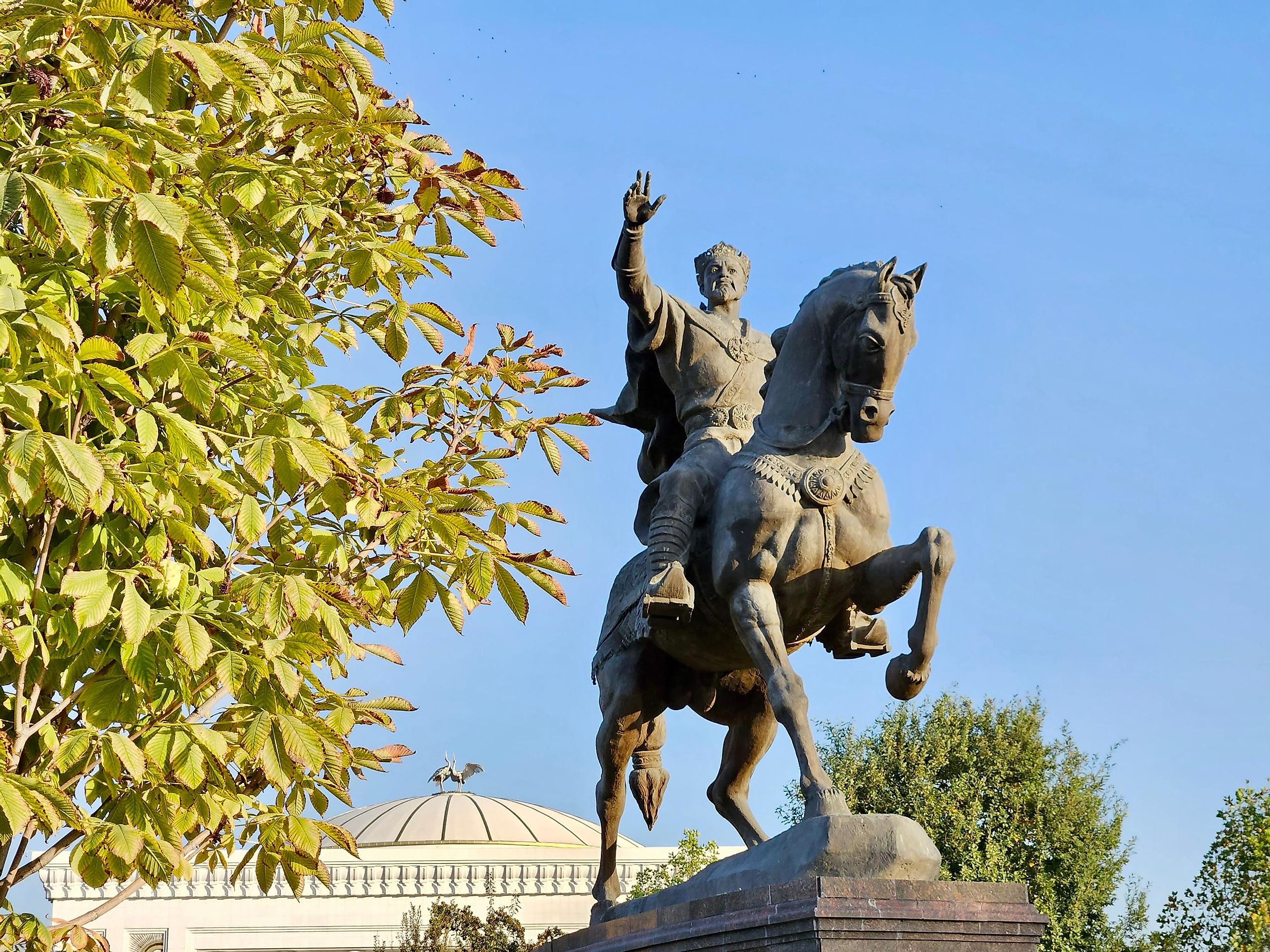
Tamerlane: The Last Great Conqueror Of Central Asia
In the 13th century, the Mongols, under the leadership of Genghis Khan, poured out of the far edges of the Mongol Steppe and conquered everything that was in their path. China, Russia, Central Asia, and the Middle East all fell victim to the Mongol conquests. At the height of the Mongol Empire, they controlled land that stretched from Korea to Hungary.
The empire would not last long, however. Too large to be governed by one man, the empire split into four separate nations, all of which had ambitions, goals, and interests that often conflicted. It was not long before these unstable breakaway empires descended into civil war and political infighting. Amidst the chaos, one man would emerge as the last great unifier of the nomadic peoples of Central Asia and bring about a level of death and destruction that would rival the mighty Genghis Khan himself.
The Early Years Of Timur
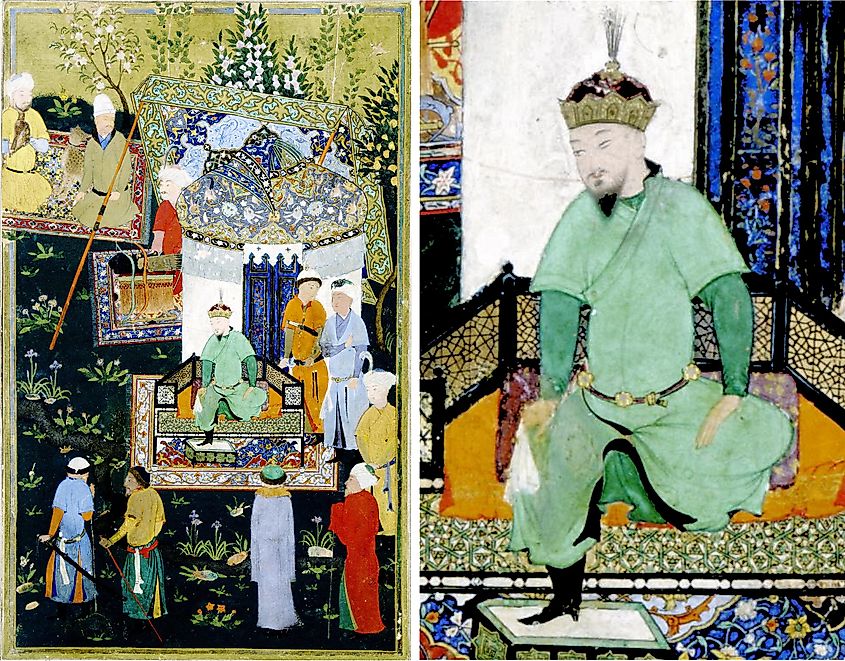
Timur, also known as Tamerlane, was born sometime in 1336 in Uzbekistan. Timur was born into a Turkic tribe that was considered a subgroup of the Mongols called the Turkicized Barlas. These people likely arrived in the region as a part of the Mongol forces that invaded the region only a few decades ago under the leadership of Chagatai.
When the Mongol Empire dissolved in all but name, the Chagatai Khanate controlled most of Central Asia and Western Mongolia. While it remained a powerful regional power, it was on the decline by the time Timur was a young boy. It has been in contact with border wars with its neighbors, and in the 1340s, the Black Death arrived and decimated the urban population of all its large and powerful cities.
Already on shaky legs, things were only made worse when the ruling Khan, Amir Kazgan, died in 1357. By this time, Timur was a young and influential nobleman who was vying for power and influence whenever he could find it. Seeing which way the wind was blowing, Timur aligned himself with a rival Khan, Tughluq Temür, who had just recently invaded and captured the key city of Samarkand.
Timur was given a role as a minister in the province of Transoxania, but his loyalty was fickle. Sensing weakness, he betrayed Tughluq Temür and joined forces with his brother-in-law Amir Husayn. Husayn and Timur defeated Tughluq Temür and his son in 1363. Timur then finally betrayed Husayn and had him assassinated in 1370. With no one left to oppose his rule, Timur declared that he was the rightful ruler of the Chagatai Khanate and that he was destined to restore the Mongol Empire.
Consolidating Power
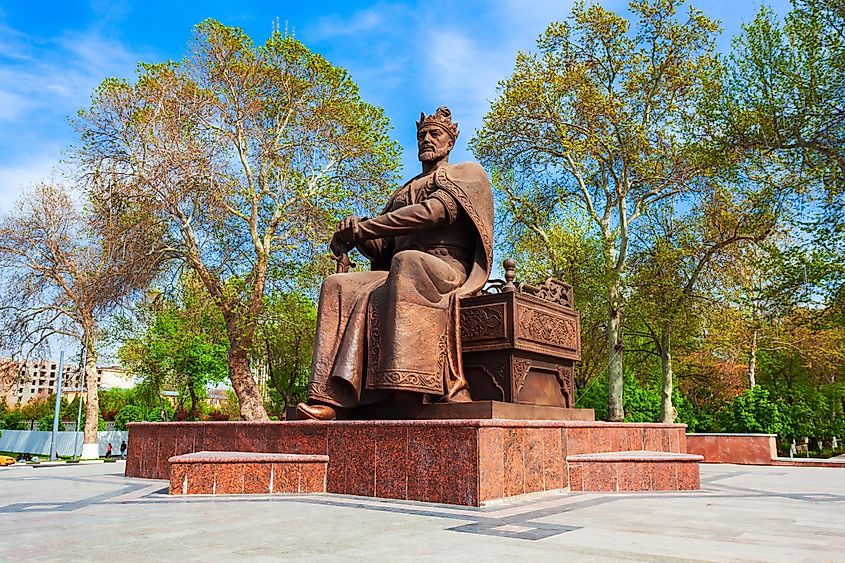
Timur's first years as Khan were far from peaceful. He fought constant wars with neighboring Khanates and pounced at just about any opportunity to expand his nation's borders or loot and pillage nearby land for riches and other valuables. Timur's first military engagement outside of his territory was in Russia. The Russians had recently revolted against Mongol rule and deposed their local overlords. Hoping to gain favor from other Khans, Timur invaded and crushed the Russian resistance and occupied Moscow. Timur also went as far as Lithuania and defeated an army there. By the time Timur arrived back in his own lands, the neighboring Illkhanate had disintegrated into small regional factions, all fighting one another for control of the shattered nation. Timur saw this as the perfect opportunity and invaded in 1382.
Persia And Beyond
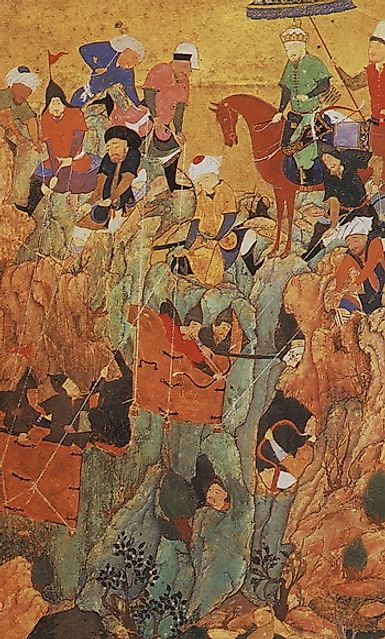
The small splinter states of the Illkhante did what they could to offer up some kind of resistance to the invasion, but was ultimately fruitless. Timur easily swept aside the armies that were sent to face him and controlled the entire Persian heartland in just two short years. Not just stopping there, Timur set his eyes on more territory. By 1394, his armies had conquered and subjugated the peoples of what is today modern-day Iraq, Armenia, Georgia, and Azerbaijan. These conquests were incredibly brutal and resulted in dozens of cities being sacked and razed. It was most common for the inhabitants of these settlements to either be killed during the looting or to be sold into slavery should they survive.
However, the true nature of Timur's ruthlessness would be revealed when a sudden revolt was sparked in Perisa while he was busy campaigning in Russia. Upon his return, he inflicted unspeakable barbarism on the cities that defied his rule. The sheer scale of the killing is hard to put into words, but if contemporary sources are anything to go off of, many of them claim that the massacres were so great that pyramids of human skulls could be seen dotting the roads in the aftermath. They were left as a sign to anyone thinking of openly questioning Timur's leadership.
Wars In India
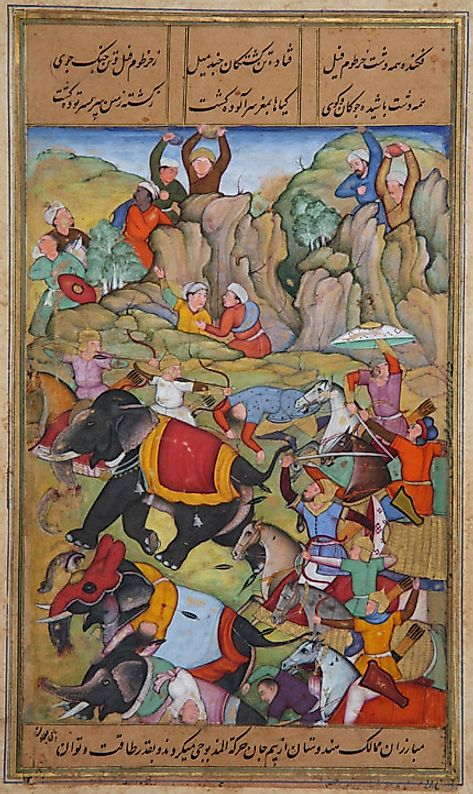
In 1398, Timur invaded the Sultanate of Delhi. Despite both leaders being Muslim, Timur felt as though too much tolerance and lenience was being shown towards the Hindus living under Delhi's rule. Under this pretext, he crossed the Indus River and marched on the capital city. The Sultanate sent an army out to meet Timur in the field, but they were easily cast aside. With the door wide open, Timur walked into Delhi unopposed and burnt the city to the ground. Much of the city was destroyed in the process, with all of its wealth stripped away. The sack of Delhi was so thorough and severe that it took more than 100 years to recover fully. Timur returned to familiar territory the next year with baggage trains carrying thousands of pounds of gold, silver, and other priceless artifacts. To commemorate his conquest in Delhi, he erected a new mosque in the middle of Samarkand using some of the recovered ruins brought back from Delhi.
Clashes With The Ottomans
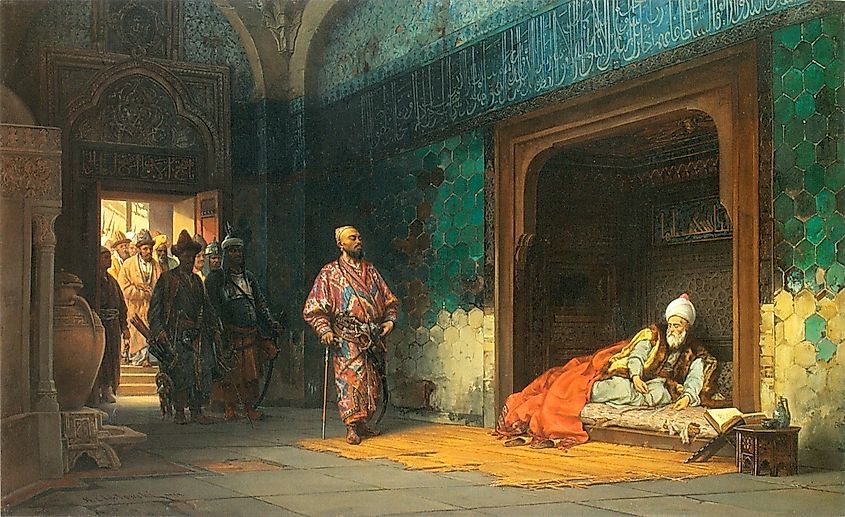
Timur's last great conquest would come in the Middle East after coming to blows with the Ottomans and the Mamluks. Both people took advantage of Timur's preoccupation in India and seized some of his territory. As an act of revenge, Timur marched West and sought to make his rivals pay. In 1401, Timur defeated a Mamluk army in Syria and then occupied Allepo, Damascus, and Baghdad. Each city was sacked, with large parts of its civilian population being killed in the process. He then turned his attention toward the Ottomans.
One year later, he met the armies of the Ottomans in Anatolia at the Battle of Ankara and won an astounding victory. The Ottoman Sultan Bayezid I was captured and later died in Timurid captivity. It is not clear what exactly happened to the Ottoman monarch, but considering the reputation Timur had, there is a good chance he was killed or tortured to death. However, other sources say he simply died from disease instead.
Timur's Death And Legacy
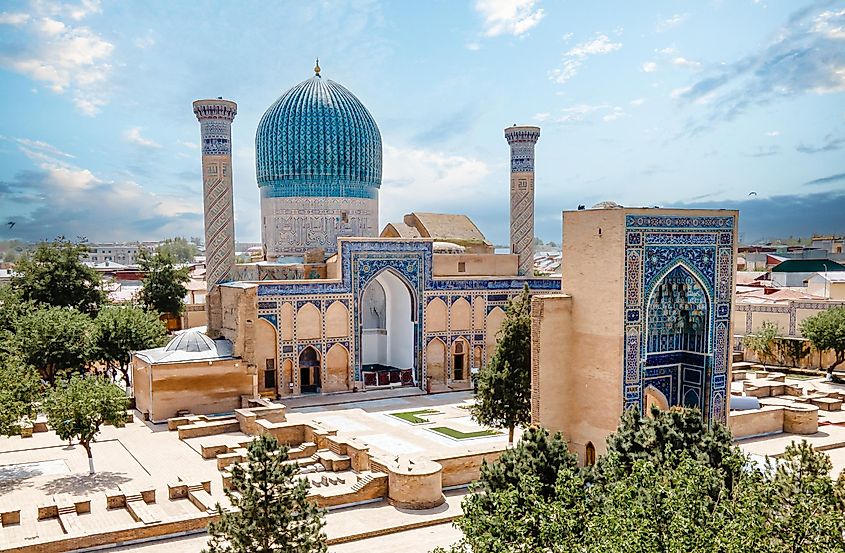
Timur returned to Samarkand in 1404 and began to organize a campaign with his eyes set on China. He mustered his army, but he did not make it very far. Timur fell ill and, in 1405, after battling for months with his illness, died in his bed. His body was sent back to the capital, where it was laid to rest in the grand tomb known as the Gūr-e Amīr. Surprisingly, his untimely death did not send his vast empire into a civil war. His two sons ruled over the empire with relative success. The Timurid Empire, as it would later be known, would last until the early years of the 16th century before it eventually tore itself apart in civil war.
Today, Timur's legacy can still be seen in Samarkand. Many of the city's great historical buildings can thank Timur for commissioning them during his rule. Even though the name Timur rightfully conjures the image of a miserliness and brutal conqueror, he was also responsible for bringing about an age of peace and prosperity to Samarkand.











